Содержание
- 2. Economy It is market-oriented economy. The United States has the largest,most technologically powerful and most diverse
- 3. GDP – 1st place $15.6 trillion equals to 19% of global GDP (2012) or 22% of
- 4. GDP (2008) – largest economies
- 5. 2005 – largest economies
- 8. Economy’s strengths an abundance of natural resources, a well-developed infrastructure, and high productivity, one of the
- 9. Natural Resources The United States has many natural resources, including coal, copper, lead, molybdenum, phosphates, uranium,
- 10. Main agricultural products In agriculture, it is a top producer of wheat, corn, other grains, fruits,
- 11. GDP - composition by sector (2009 est.) agriculture: (1.2%), industry: (21.9%), services: (76.9%)
- 12. Leading positions Chemical products are the leading manufacturing field. The United States is the third largest
- 13. Main industries: petroleum, steel, motor vehicles, aerospace, telecommunications, chemicals, creative industries, electronics, food processing, consumer goods,
- 14. The tourist sector In 2003, the United States was ranked as the third most visited tourist
- 17. US Labor Force In August 2010: 154.1 million people Unemployment rate 9.7% In 2006: 151.4 million
- 18. US labor force 154,100,000
- 19. Labor force employment With 21.2 million people, government is the leading field of employment. The largest
- 20. Labor force by occupation (2009 est.) farming, forestry, and fishing: 0.6% manufacturing, extraction, transportation, and crafts:
- 21. Unemployment The unemployment rate now: 7.8% in 2010: 9.7% in 2008: 5.8% For January 2008 in
- 22. Unemployment 2009
- 23. Unemployment rate in the US by county in 2008.
- 24. Productivity In 2009, the United States had the third highest labor productivity per person in the
- 25. Economic indicators Unemployment 7.8% (September 2012) GDP growth 1.3% (2Q 2012), 1.7% (2011) CPI inflation 1.7%
- 26. The US trade 2005 exports: $1.024 trillion imports: $1.869 trillion 2009 exports: $994.7 billion Imports: $1.445
- 27. Export commodities (2009) agricultural products (soybeans, fruit, corn) 9.2%, industrial supplies (organic chemicals) 26.8%, capital goods
- 28. Export partners (2005/2008) Canada 23.4% / 20.1%, Mexico 13.3% / 11.7%, Japan 6.1% / 5.1%, China
- 29. Import commodities (2009) agricultural products 4.9%, industrial supplies 32.9% (crude oil 8.2%), capital goods (computers, telecommunications
- 30. Import partners (2005 / 2008) Canada 16.9% / 15.7%, China 15% / 16.4%, Mexico 10% /
- 31. Economic Diversification New York City - financial, publishing, broadcasting, and advertising industries. Silicon Valley - high
- 32. The US Budget Revenues: $2.409 trillion, (2006 est.). Expenditures: to $2.66 trillion, (2006 est.); Revenues: $1.914
- 33. Public debt (42nd in the world) 64.7% of GDP (2005 est.) 39.7% of GDP (2008 est.)
- 34. Summary Debt Accounting The Summary Debt Accounting program is responsible for accounting for the public debt
- 35. The National Debt Clock is a billboard-sized running total dot-matrix display which constantly updates to show
- 36. http://www.usdebtclock.org/
- 37. The Bretton Woods system (1944 – 1973) The international gold standard was abandoned during World War
- 38. $ 1, 2, 5 and 10 bills http://mistupid.com/currency/
- 39. $ 20, 50, 100 bills http://mistupid.com/currency/
- 40. New $100 bill http://mistupid.com/currency/
- 41. Financial markets About 60% of the global currency reserves have been invested in the United States
- 42. Average wages Americans have the highest income per hour worked ($38.00) the national level: $7.25 per
- 46. Income ratings The United Nations Development Programme Report 2005 ranks income the United States as the
- 48. Poverty line America's poverty line is defined for a family of four as an income of
- 49. Standard of living UN Human Development Index The Human Development Index (HDI) is a comparative measure
- 50. Poverty in the USA
- 51. Standard of living Americans are some of the wealthiest people in the world, with a very
- 52. What is FiDi?
- 53. Financial District The Financial District of New York City (sometimes called FiDi) is a neighborhood on
- 54. Manhattan
- 55. Wall Street is a street in Lower Manhattan, New York City, New York, USA. It runs
- 56. What is Wall Street?
- 57. Wall Street
- 58. Wall Street in films The film Die Hard with a Vengeance has a plot involving thieves
- 59. Wall Street in films In the film National Treasure a clue to finding the Templar Treasure
- 60. What is NYSE?
- 61. NYSE – 11 Wall Street The New York Stock Exchange (formally known as NYSE Euronext) has
- 62. Market Trends A bull market is associated with increasing investor confidence, and increased investing in anticipation
- 65. Federal Reserve Bank of New York The Federal Reserve Bank of New York is one of
- 67. 33 Liberty Street The Federal Reserve Bank of New York maintains a vault that lies 80
- 69. World Crisis
- 71. Trade organizations NAFTA - The North American Free Trade Agreement, or NAFTA, created the largest trade
- 72. Curious facts A 2011 poll found that more than half of all Americans think the U.S.
- 73. Curious facts Of the world's 500 largest companies, 132 are headquartered in the United States. This
- 75. Curious facts In 2011, the 20 largest U.S.-based companies by revenue were Walmart, ExxonMobil, Chevron, ConocoPhillips,
- 76. Curious facts Apple, Google, IBM, McDonald's, and Microsoft are the world's five most valuable brands in
- 77. Curious facts The United States has been the birthplace of 161 of Britannica's 321 Great Inventions,
- 78. Demographics
- 79. Population (2013 est.) Population: 315,591,000 (3rd) Density: 34.2/km2 or 88.6/sq mi Urbanized population: 82% (the worldwide
- 80. California and Texas are the most populous states, as the mean center of United States population
- 82. Population distribution The mean center of the U.S. population continues to drift farther west and south.
- 84. Major population tendencies the mass immigration of Hispanics from Latin America into the Southwest, which is
- 86. Tendencies and facts The American population more than tripled during the 20th century—at a growth rate
- 87. Cities The United States has dozens of major cities, including 9 of the 66 "global cities"
- 88. Age structure 0-14 years: 20.4% (male 31,095,847 / female 29,715,872) 15-64 years: 67.2% (male 100,022,845 /
- 89. Age (2010 est.) Median age total: 36.8 years male: 35.5 years female: 38.1 years Life expectancy
- 90. Ethnic groups white 72.4%, black 12.6%, Asian 4.8%, Amerindian and Alaska native 0.9%, native Hawaiian and
- 93. Languages English 82.1%, Spanish 10.7%, other Indo-European 3.8%, Asian and Pacific island 2.7%, other 0.7% (2000
- 94. European origin WASP – White Anglo-Saxon Protestant Germany (15.2%), Ireland (10.8%), England (7.7%), Italy (5.6%), Scandinavia
- 95. Hispanics Hispanics are second only to the German-American population in the single-race category. Hispanics comprise 10,7%
- 96. African Americans or Blacks African Americans or Blacks comprise 12,9% (2009 census) of the American population.
- 97. Asian Americans Asian Americans, including Native Hawaiians and Pacific Islanders, are a fourth significant minority (4,2%
- 98. Indigenous peoples Indigenous peoples in the United States, such as American Indians and Inuit, make up
- 99. Religion (2011 est.) Protestant 52%, Roman Catholic 24%, Mormon 2%, Jewish 1%, Muslim 1%, other 10%,
- 100. Religion
- 101. Christian denominations Catholic, Baptist, Methodist, Lutheran, Presbyterian, Pentecostal (Charismatic or Evangelical), Episcopalian, Latter-Day Saints, Church of
- 102. Religiosity The United States is noteworthy among developed nations for its relatively high level of religiosity.
- 103. Christian religions distribution In the Southern states, Baptists constitute the largest group, followed by Methodists. Roman
- 104. Mormons The Church of Jesus Christ of Latter-day Saints, whose members are commonly known as Mormons,
- 106. Скачать презентацию
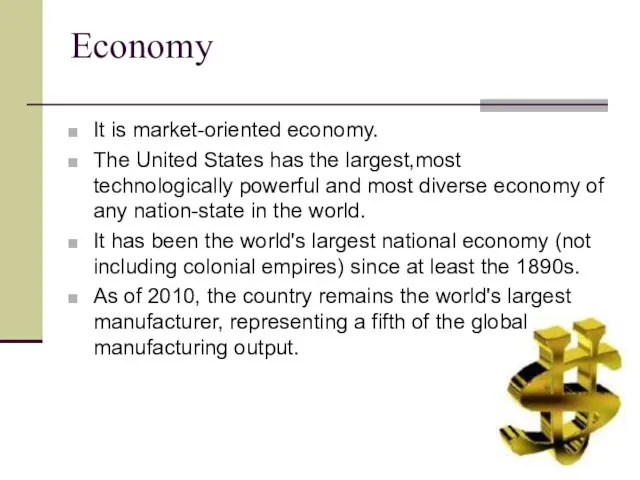
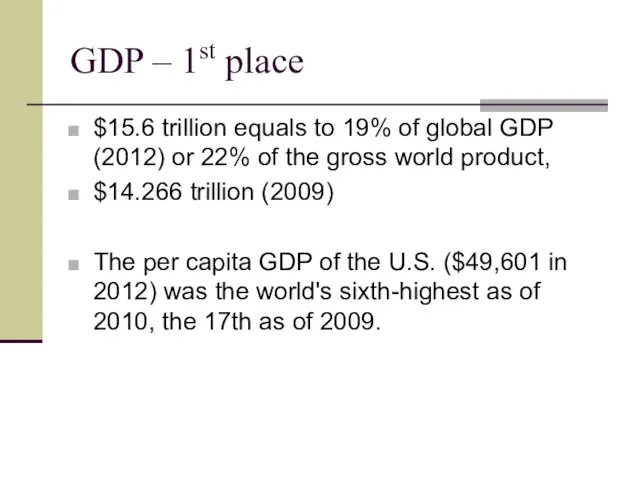
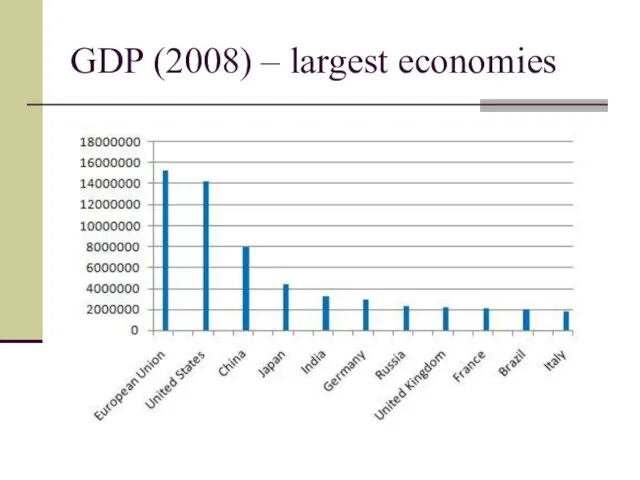
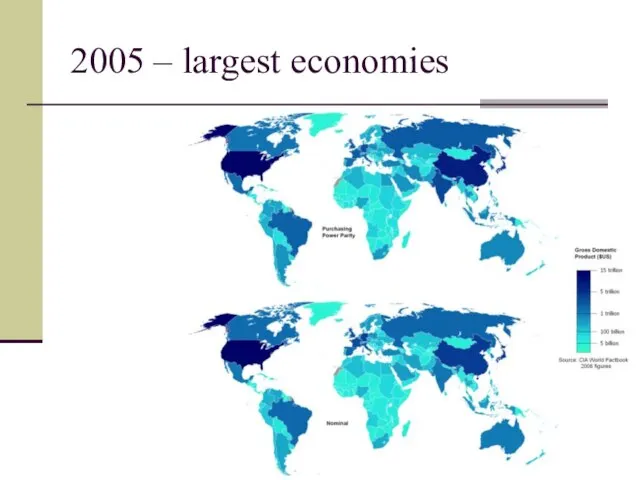
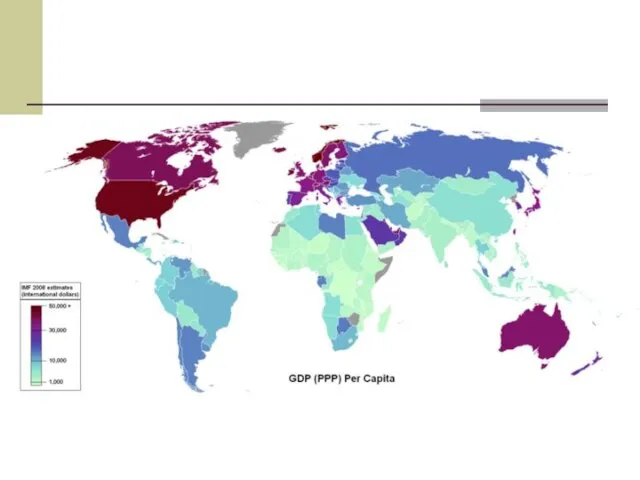
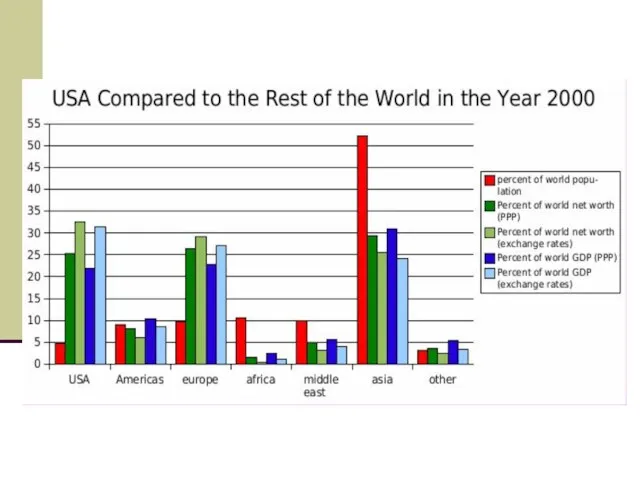

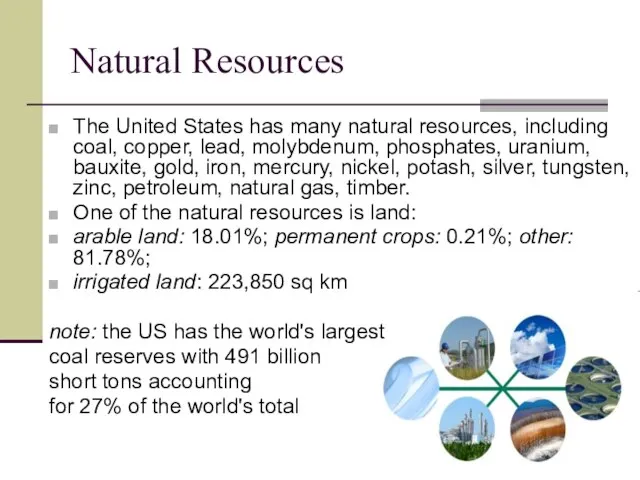
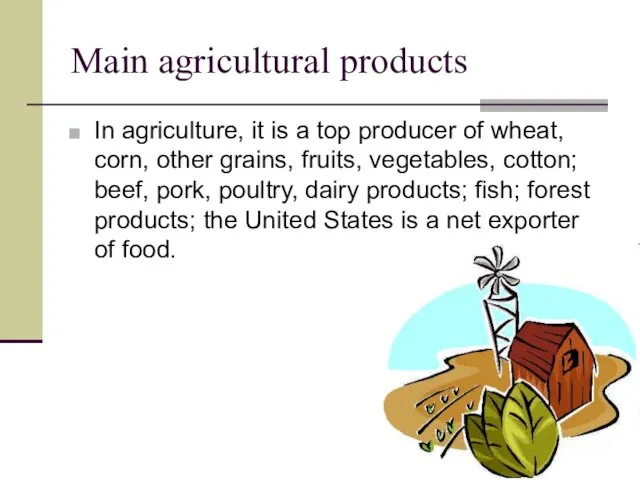
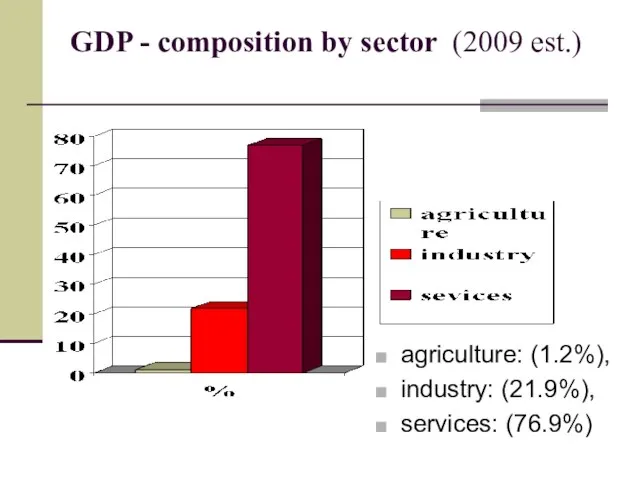
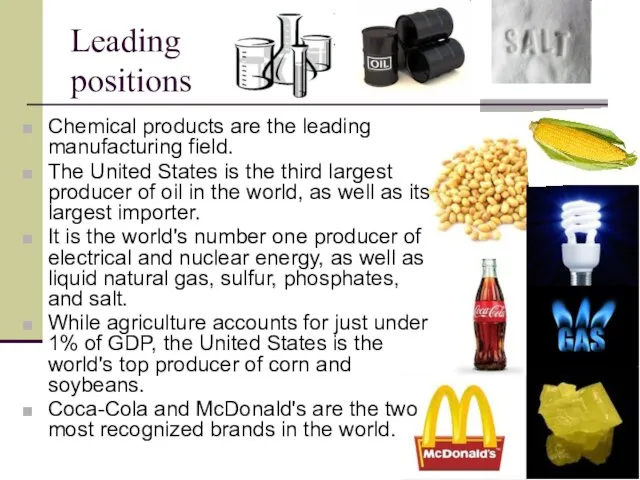
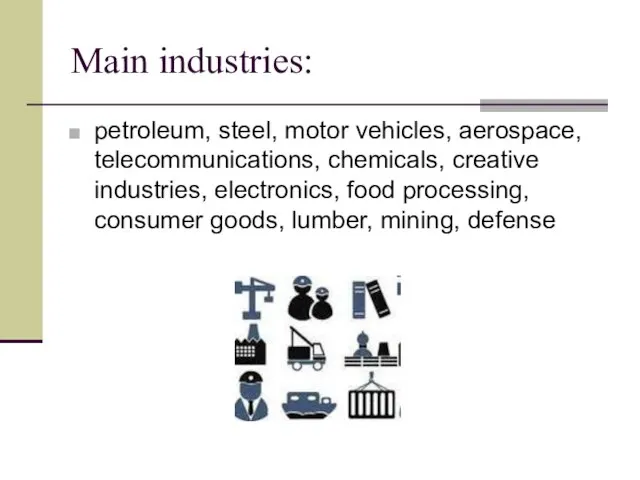
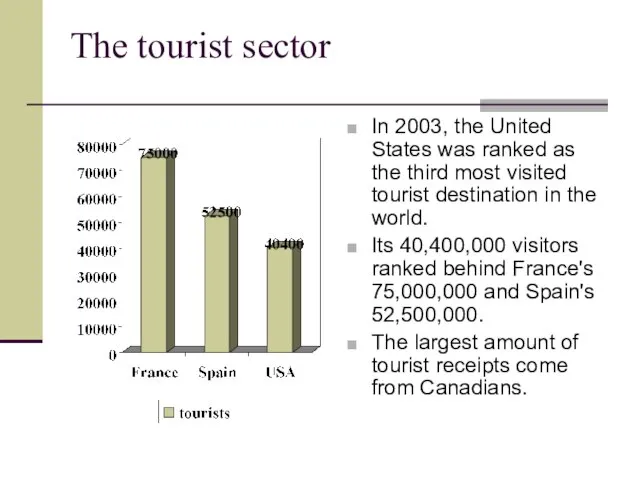

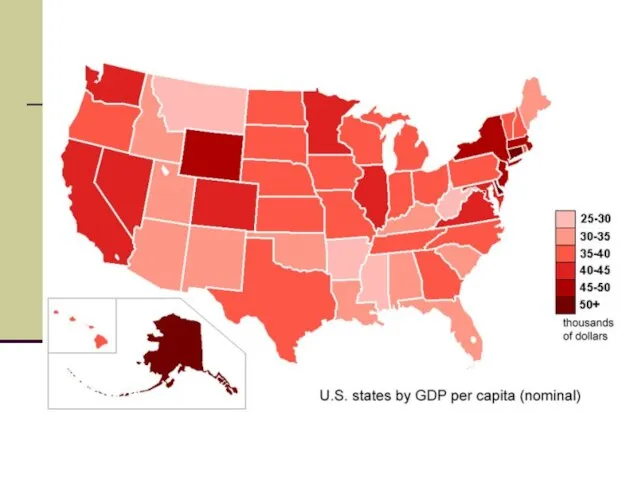


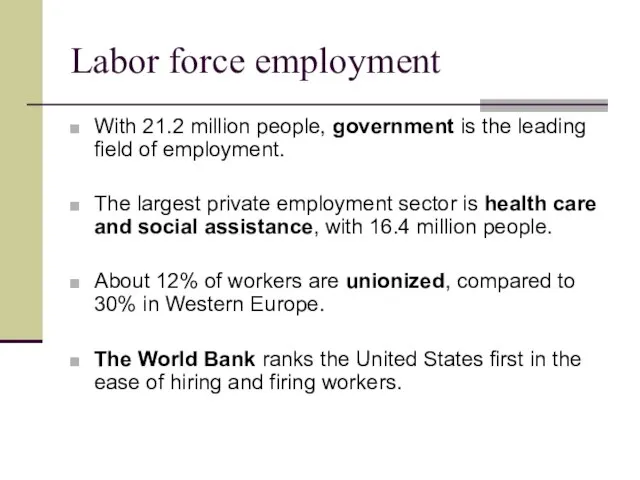
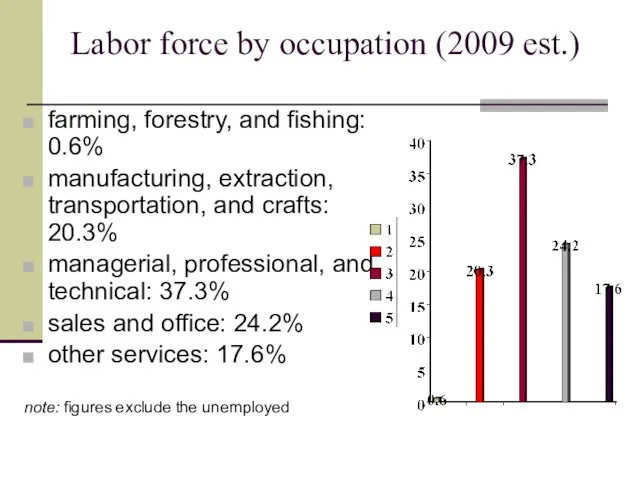
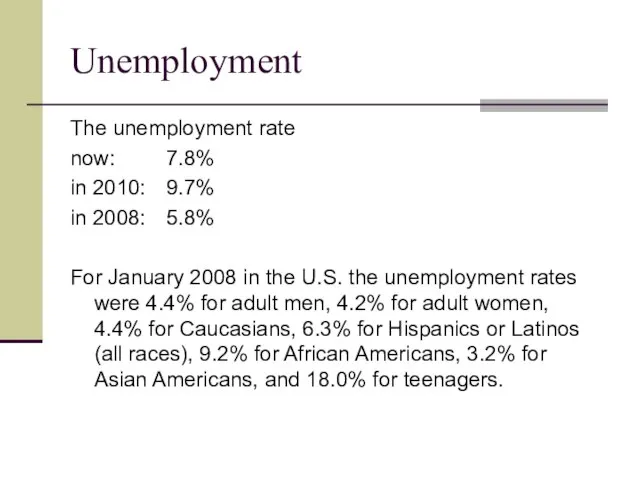
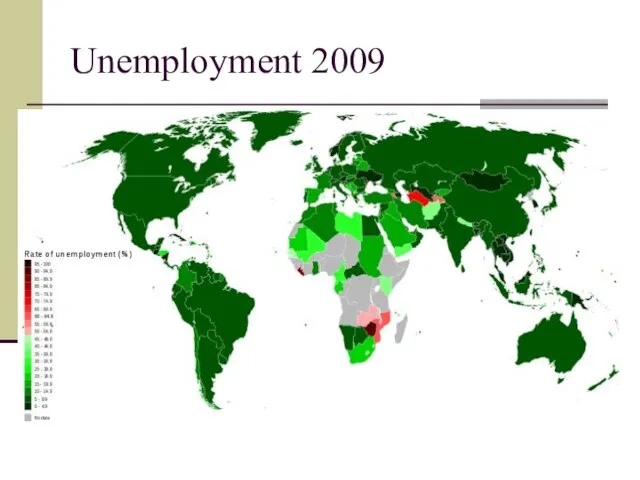
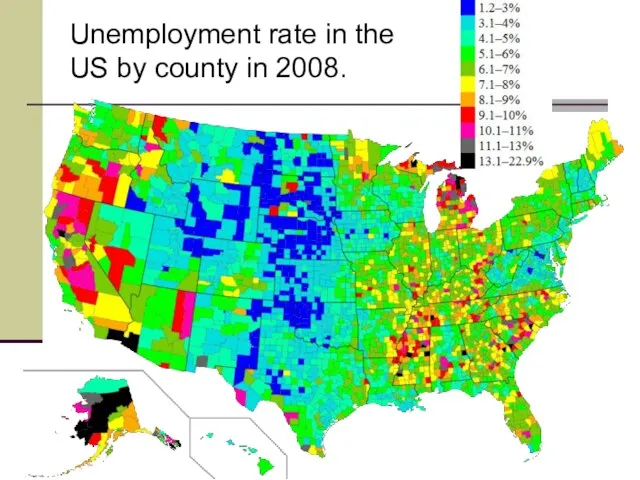

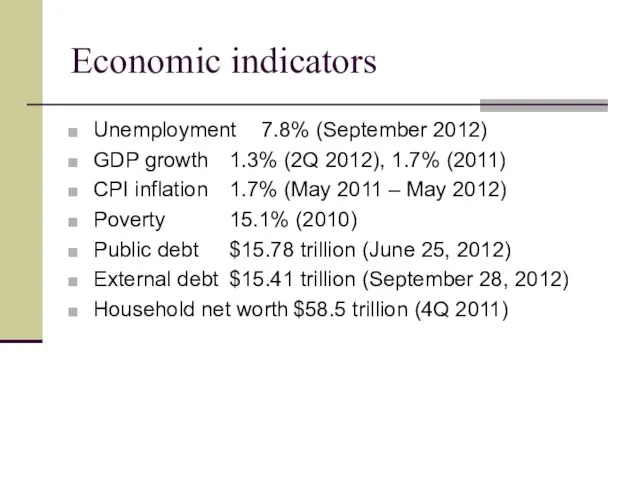
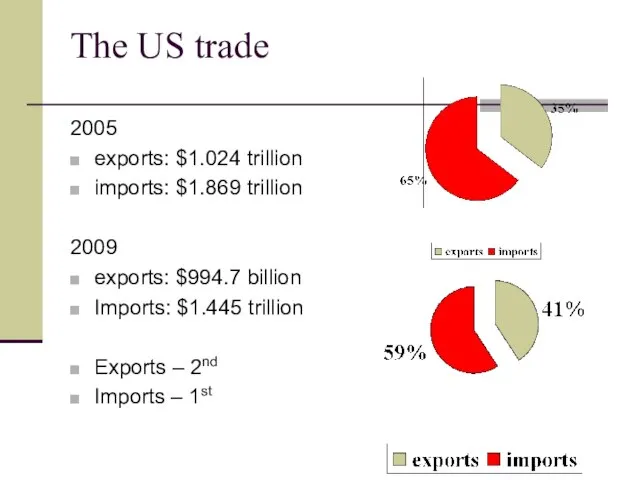
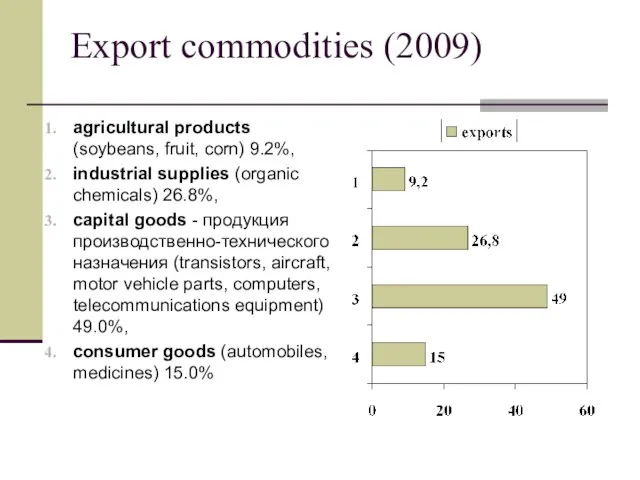
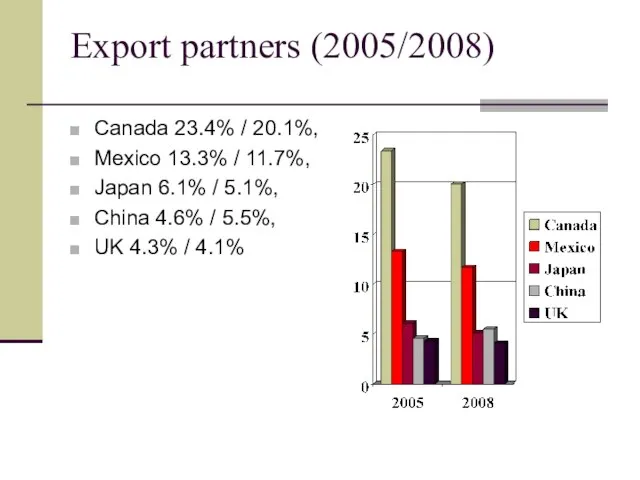


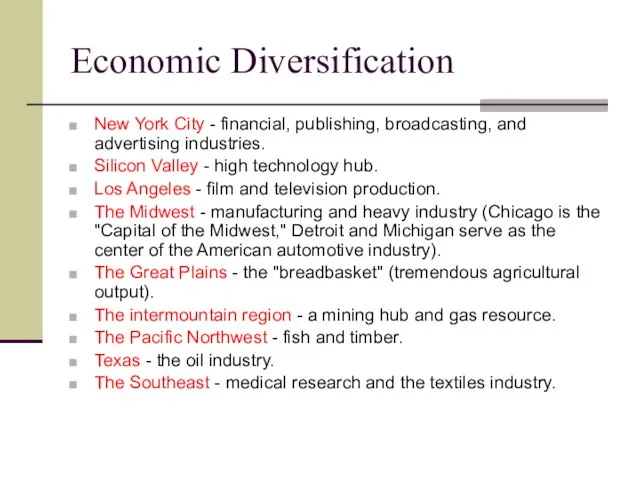
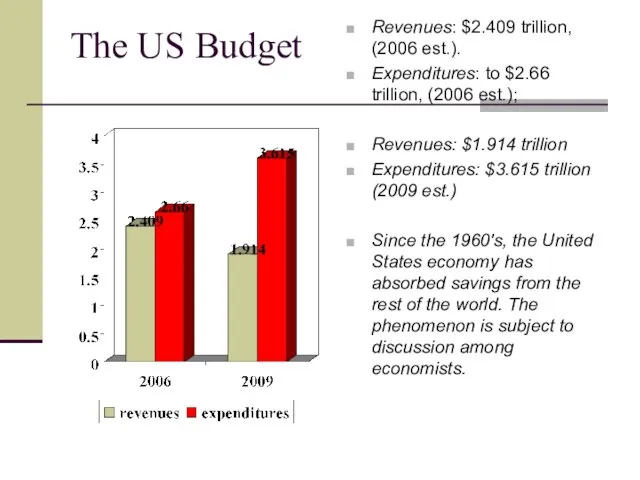

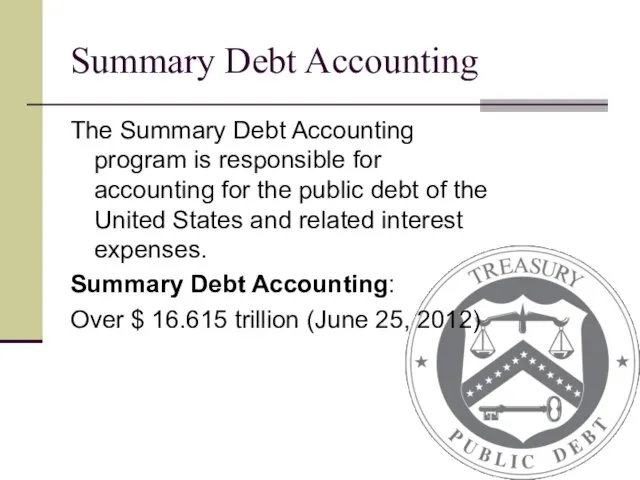

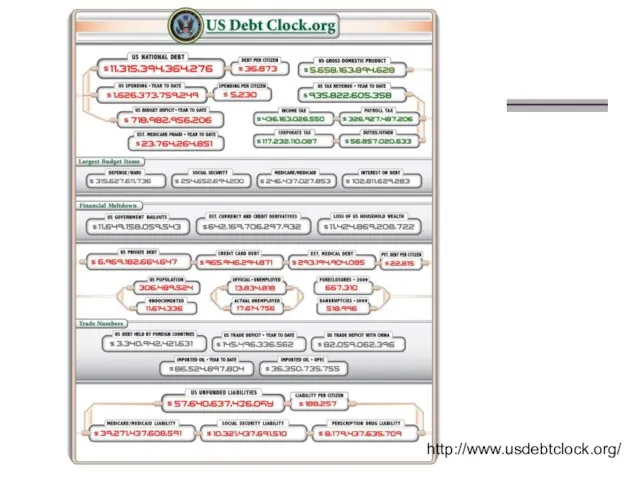
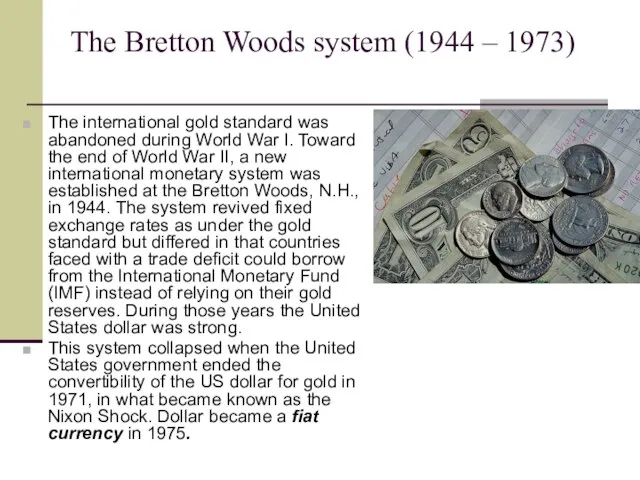
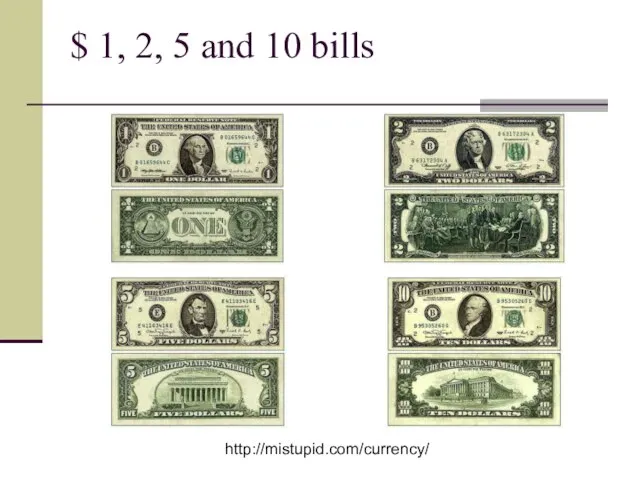
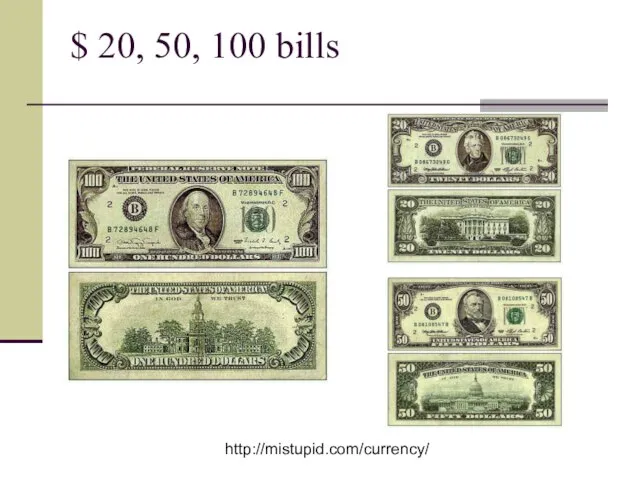
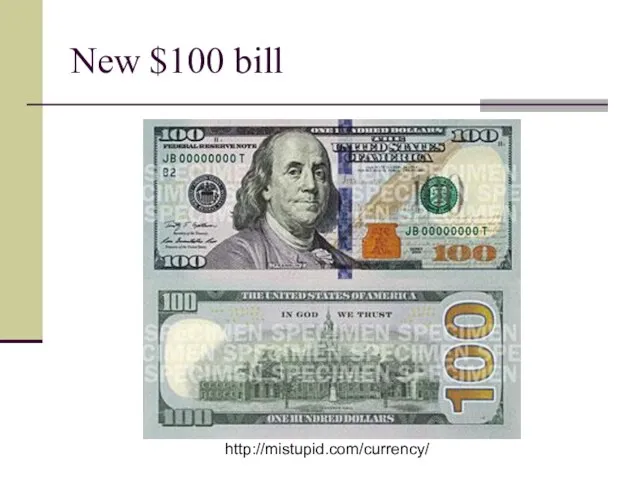

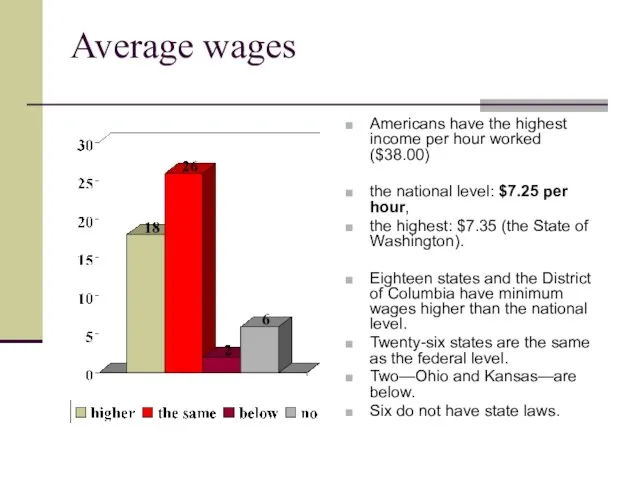
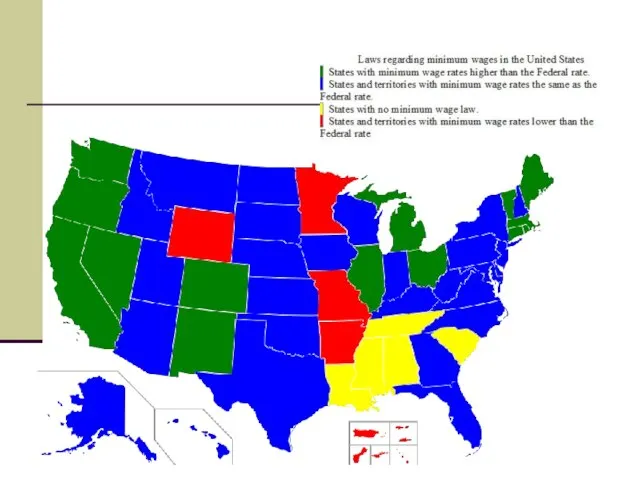
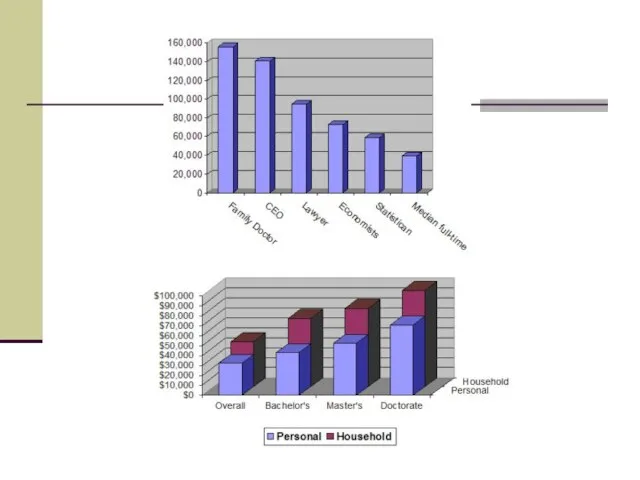
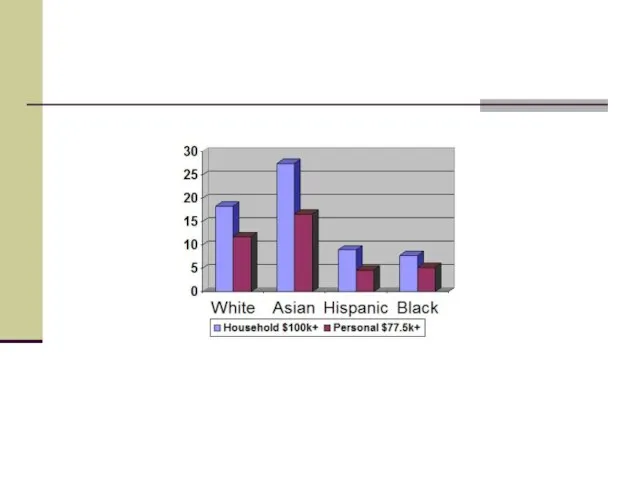

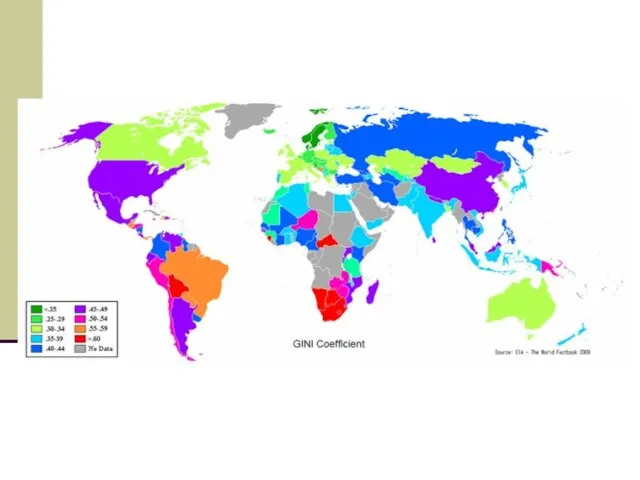


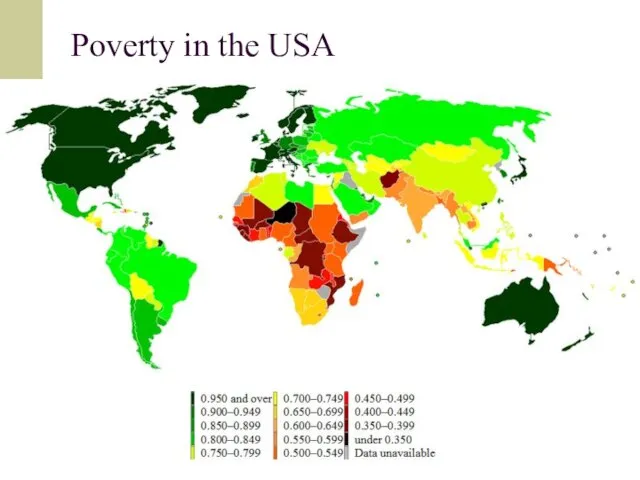
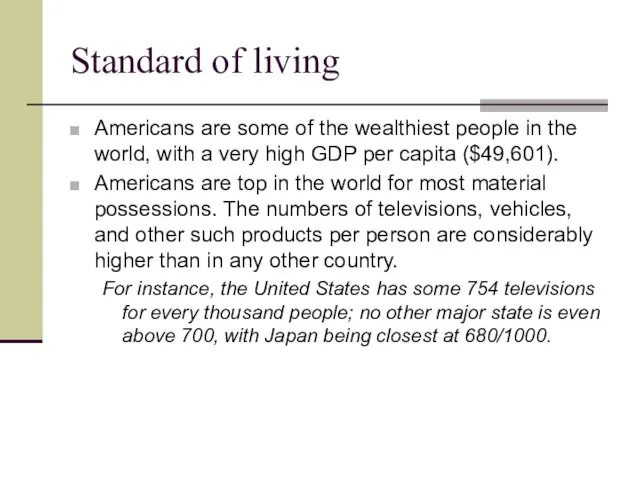





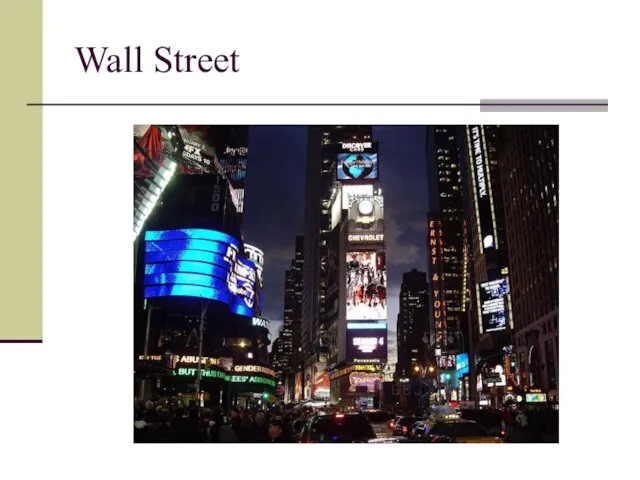



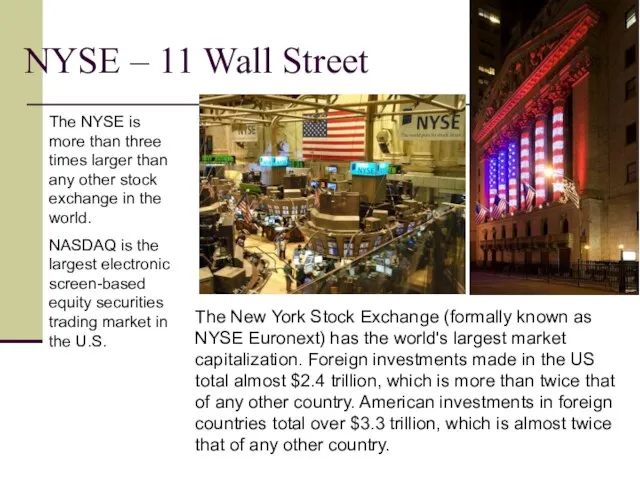


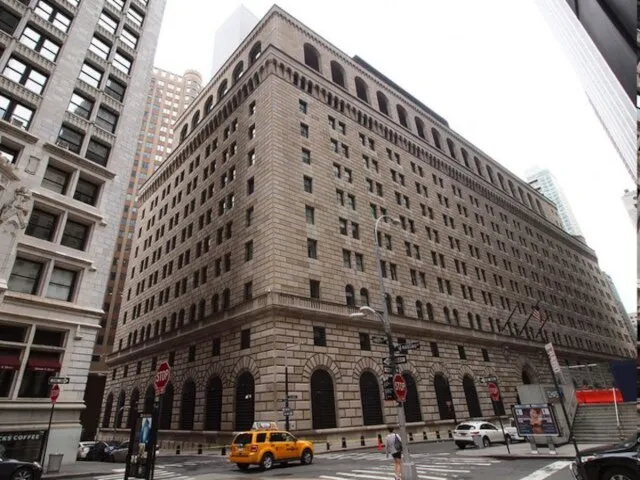


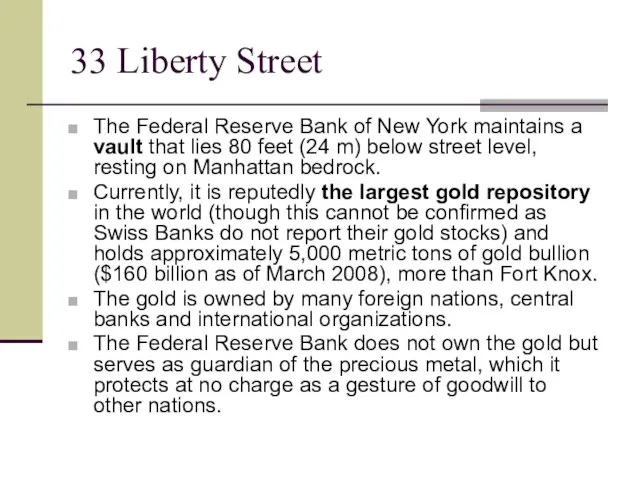
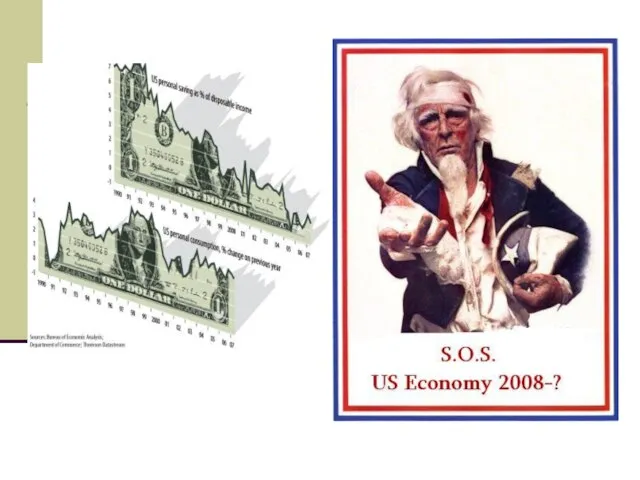
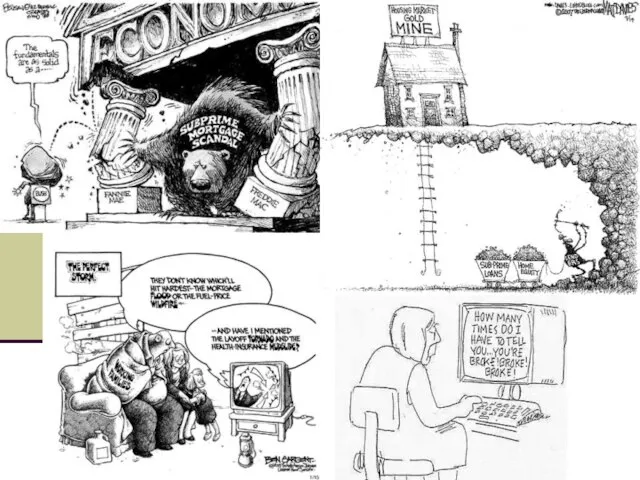
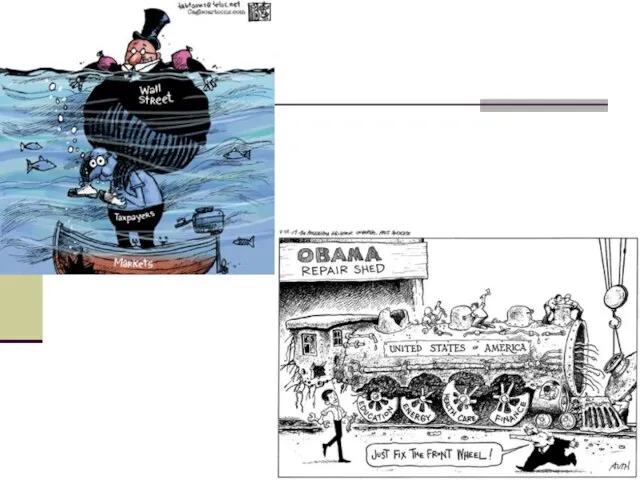
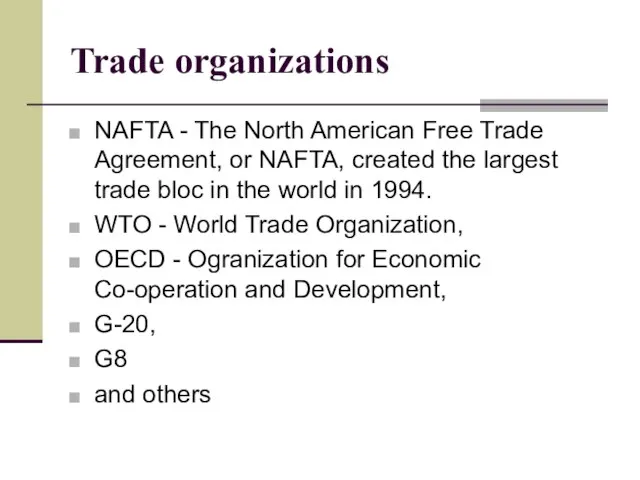

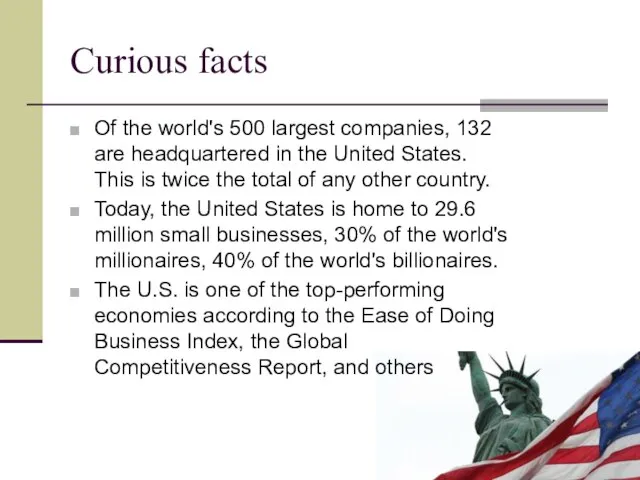

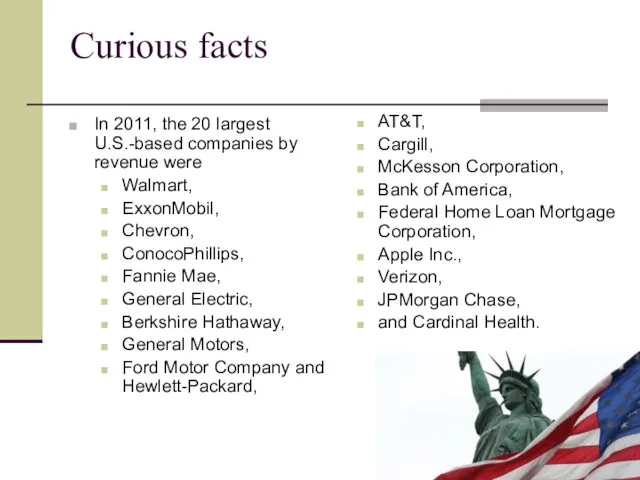



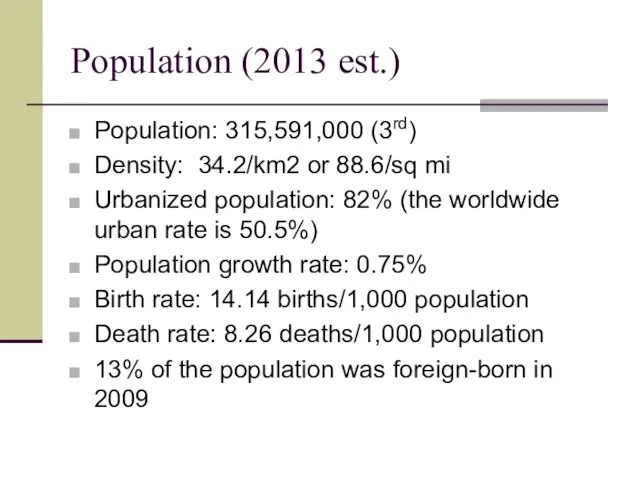

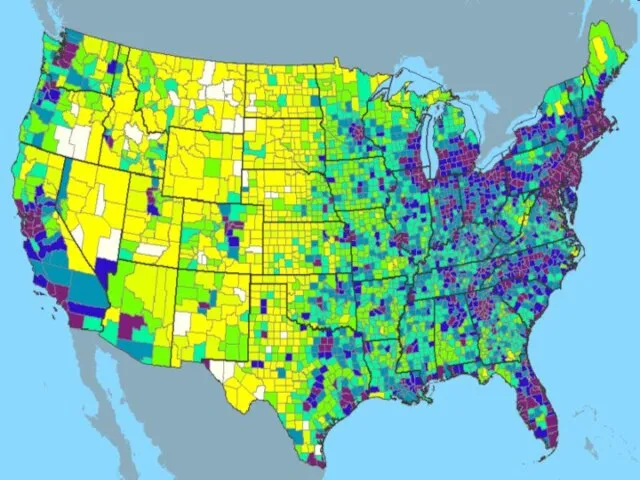
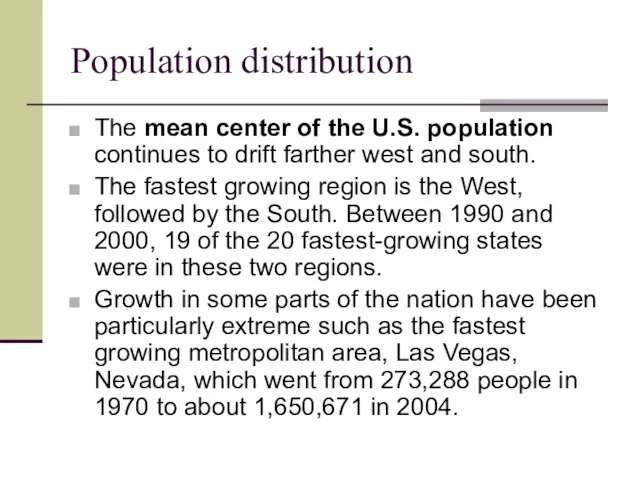
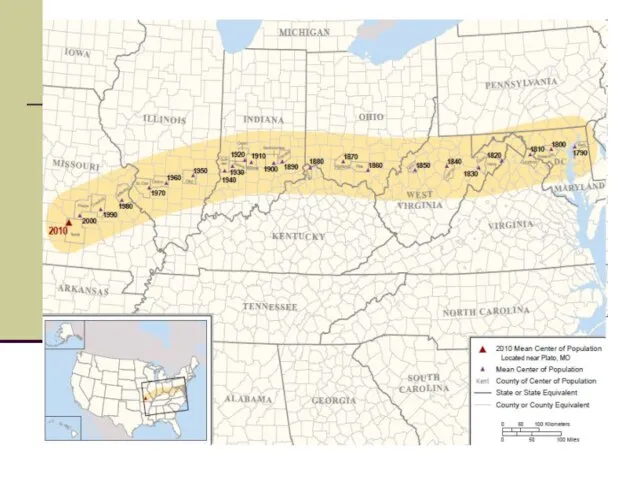
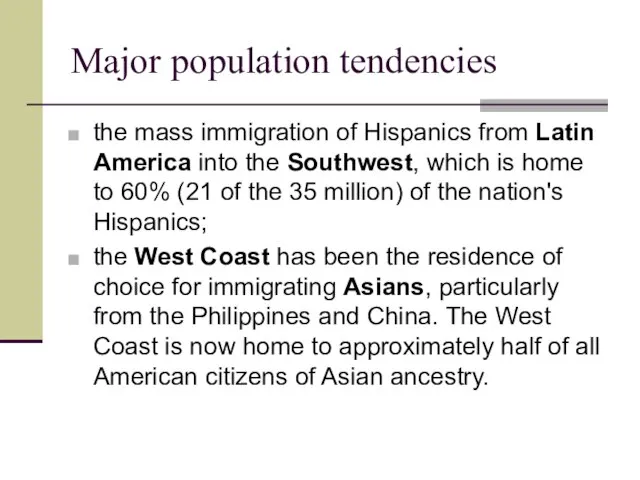
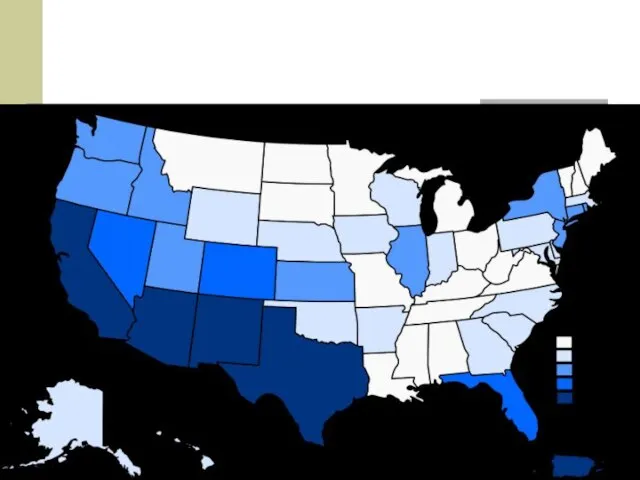
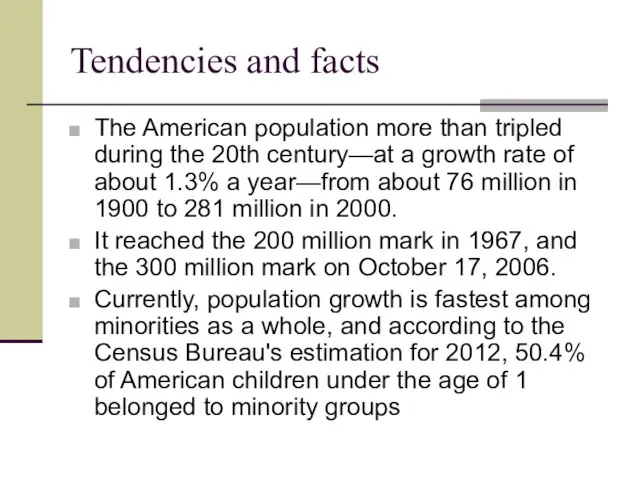
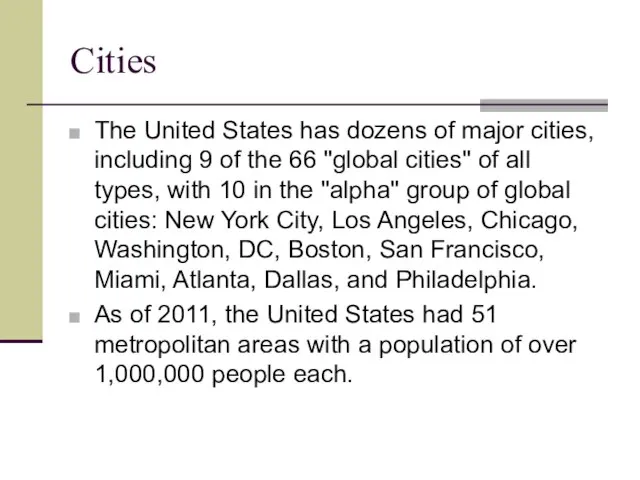



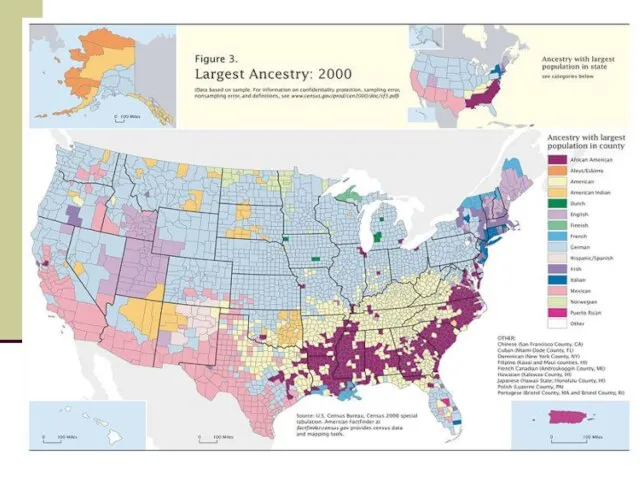

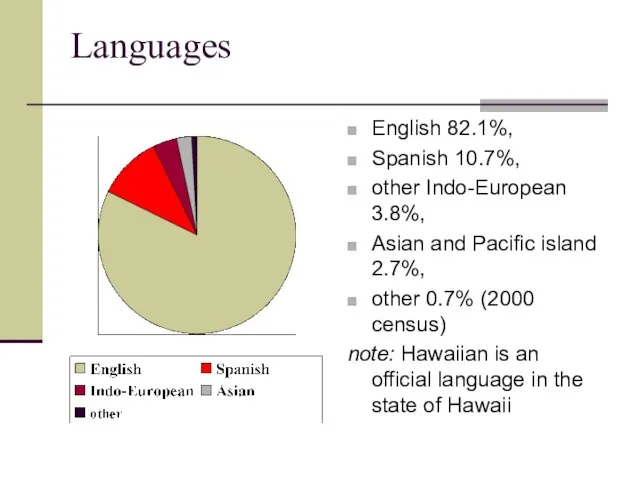
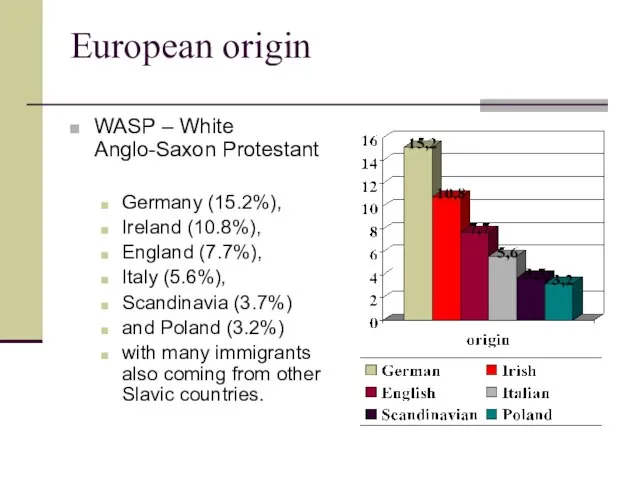
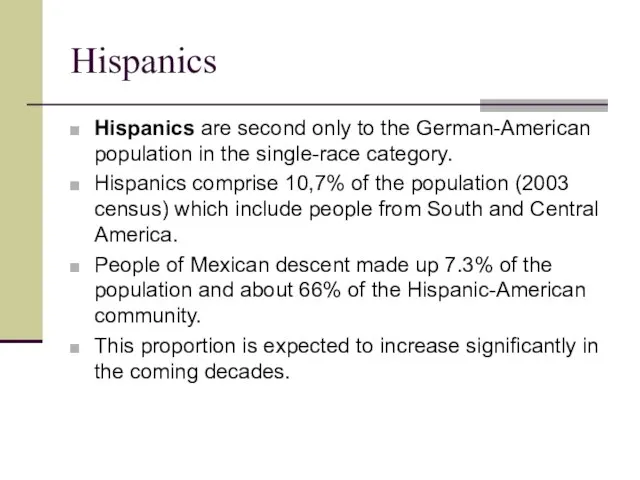
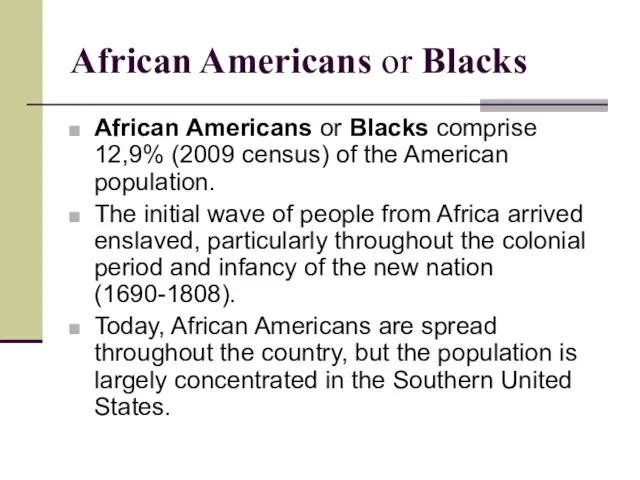
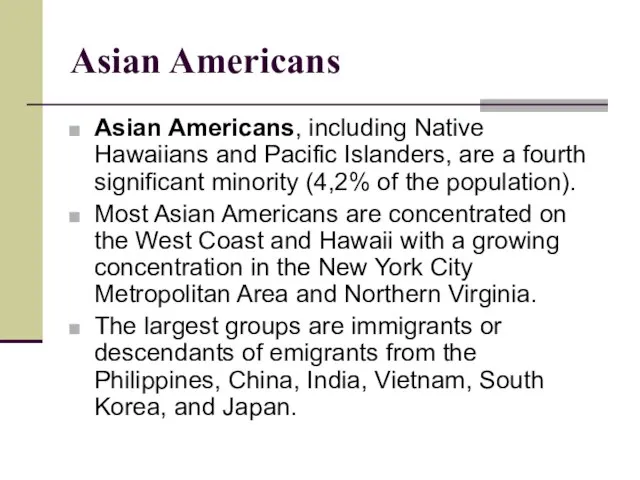
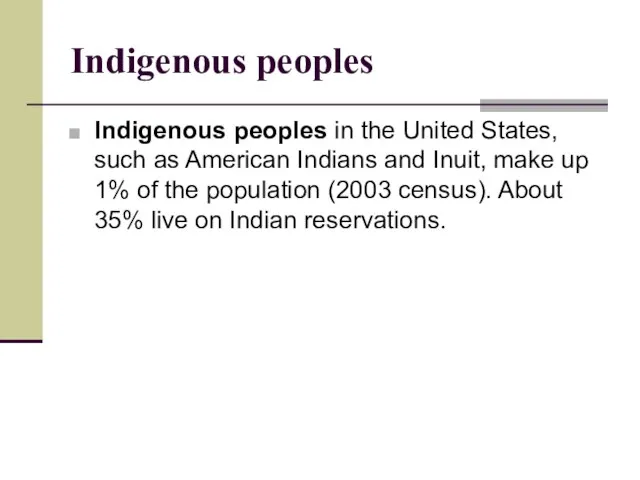




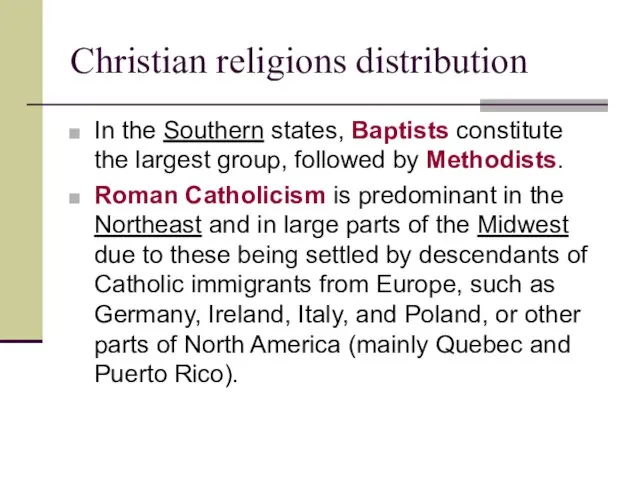
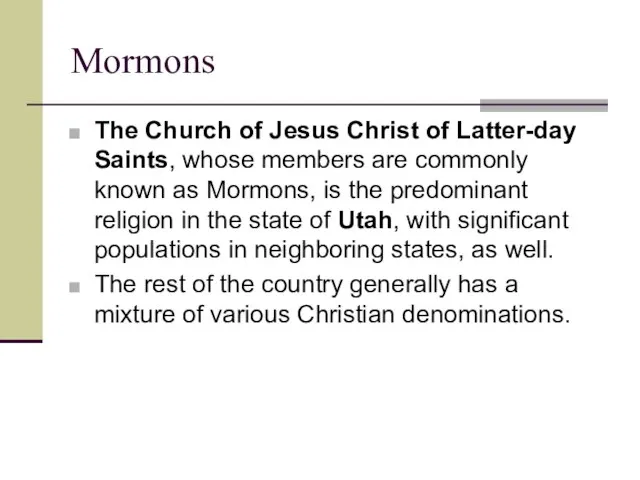
 Знакомство детей с художественной литературой
Знакомство детей с художественной литературой  Законодательные основы гражданской обороны
Законодательные основы гражданской обороны Биологический бой
Биологический бой В ЛЕСУ
В ЛЕСУ Искусство впечатляющих презентаций
Искусство впечатляющих презентаций Презентация на тему Символика герб, флаг и гимн
Презентация на тему Символика герб, флаг и гимн Культура Agile команд
Культура Agile команд Художественная обработка дерева
Художественная обработка дерева Поздние славянофилы
Поздние славянофилы Определение масштаба в математике и географии
Определение масштаба в математике и географии Астрономическое отделение
Астрономическое отделение Сорго
Сорго Элементы комбинаторики
Элементы комбинаторики Презентация к юбилею школы
Презентация к юбилею школы Проблема автора сочинение ЕГЭ
Проблема автора сочинение ЕГЭ Конфликты в нашей жизни
Конфликты в нашей жизни Визуальное акцентирование
Визуальное акцентирование Финансовое взаимодействие с государством
Финансовое взаимодействие с государством ЗВОНКИ.
ЗВОНКИ. Вторая мировая война
Вторая мировая война Презентация на тему Подцарство Одноклеточные
Презентация на тему Подцарство Одноклеточные Общероссийское движение Готов к труду и обороне - программа физкультурной подготовки
Общероссийское движение Готов к труду и обороне - программа физкультурной подготовки Степени сравнения имен прилагательных: сравнительная и превосходная
Степени сравнения имен прилагательных: сравнительная и превосходная 1. Что такое обязательное медицинское страхование?
1. Что такое обязательное медицинское страхование? Корпус и Блок Питания
Корпус и Блок Питания «Комплексная безопасность -2012»
«Комплексная безопасность -2012» EDU 6005 – cours 10. Introduction à l’enseignement primaire
EDU 6005 – cours 10. Introduction à l’enseignement primaire Труд, занятость безработица
Труд, занятость безработица